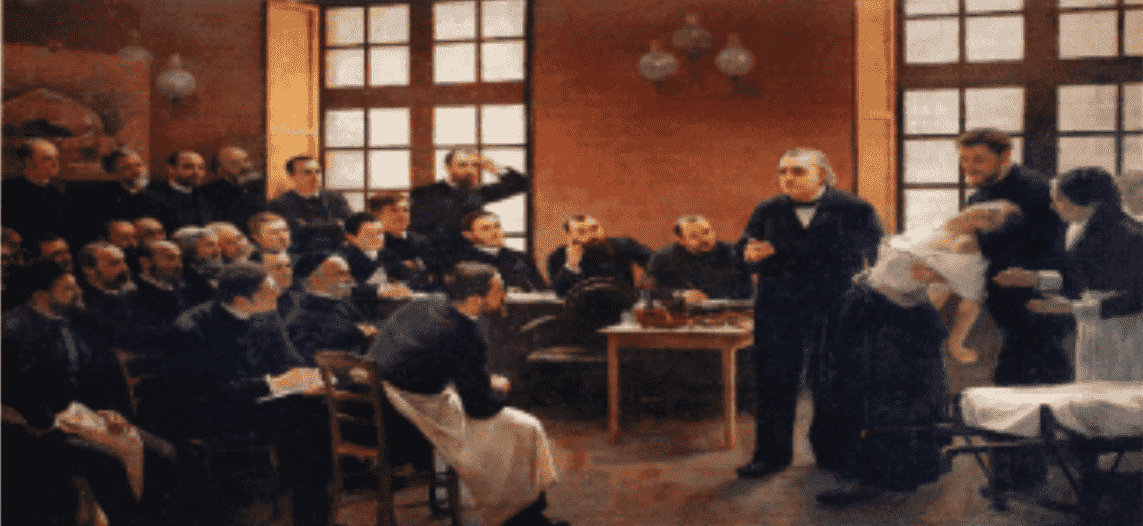
While women may no longer be prescribed confinement for their illnesses, with nothing but the yellow wallpaper for company, the medical industry continues to remain ill equipped to treat women, with sexism and gender biases running rampant. Aristotle famously called the female the “mutilated male” in On the Generation of Animals. Nearly 2400 years later, this belief persists in the medical industry. Women have been historically been valued only as much as what they could provide for men. In the USA, which conducts a lot of research, women were not required to be included in research trials by the National Institutes of Health until 1993. Th e persistent belief was that women were “too complex” because of their fluctuating hormones. Another belief used to justify their exclusion was that these trials might aff ect women’s reproductive capabilities, which were too valuable to be aff ected, and therefore not worthy of being studied. Healthcare providers have also thought of female body as similar to the male body, except with a uterus. This has caused many disastrous eff ects in women’s healthcare; one of them being the persisting idea that heart attacks occur more in men than women. This idea, including a lack of understanding how warning signs and symptoms manifest differently in women contributes to the higher rates of women dying from heart attacks. Women’s diseases and symptoms look different and manifest differently. Add the societal expectation that women need to be accommodating, and you have women receiving their diagnosis later than men. For example, women are typically diagnosed 2.5 years later than men for cancer and 4.5 years later for diabetes. They are also met with more hostility when reporting pain and asked to prove its legitimacy. This is exacerbated for women of color. In a 2018 survey of physicians and dentists, many of them reported a belief that women exaggerate their pain, despite 40% of the participants being women. When considering the eff ects of racial bias, the gender gap deepens, with the risk increasing every year. In the UK, black women are fi ve times more likely to die during pregnancy and childbirth. In the USA, they are three times more likely to die after childbirth as compared to white women. Even when health conditions are understood and researched, women have to contend with outright sexism from the doctors themselves. Under policies like the Trump-Pence administration’s religious refusal policies, health care workers in the USA and around the globe could deny women services like birth control, abortion, and sterilization, based on their religious beliefs. Even now, the state of Texas in the USA enacted a law in September that eff ectively banned all abortions in the state, with only very narrow exceptions. While women’s healthcare is under researched,underfunded, and still suffers from sexism and racism, it is important to not lose hope. Women must be advised choose diverse teams of healthcare providers, including female doctors whenever possible- mounting evidence shows that women deliver superior healthcare. Women must also be encouraged and supported to advocate for their needs and make their concerns known, to combat any gaslighting.
10 Jan 2022
Prishita Das